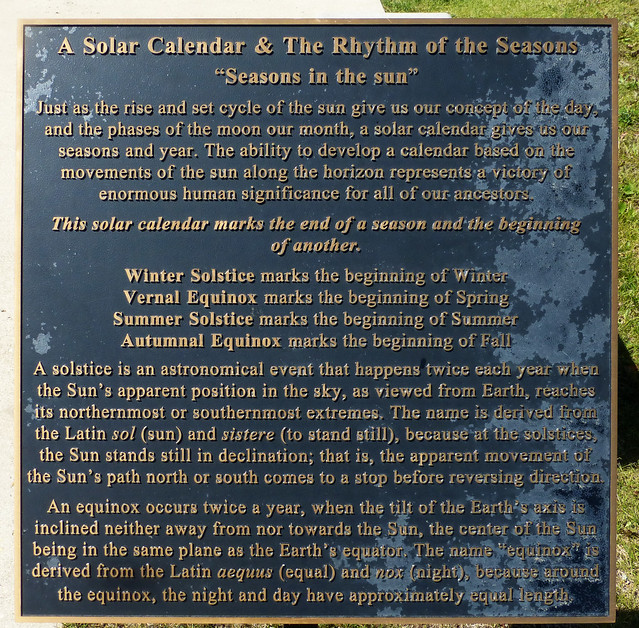We left the International Peace Garden and headed south some 13 miles to Dunseith, North Dakota. Like Boisseville and the Peace Garden, Dunseith is located in the Turtle Mountains. Naturally, Dunseith also has a monument to a turtle - this one constructed from old tire rims.

While there didn't seem to be much to the Turtle Mountains, we discovered at the Dunseith visitor's center that if we would backtrack a bit and head twenty or so miles west, there was a good view to be seen from the mountain top, and as a bonus, we would find Mystical Horizons, also known as North Dakota's "Stonehenge." This is easily found on Roadside America and so was worth a look!
While not quite measuring up to the real Stonehenge, the view of the prairie extending out to the west, for perhaps a hundred miles, was well worth the drive. The Turtle mountains rise slowly to a height of over 2,500 feet.



Mystical Horizons is not quite a rival to the real Stonehenge. But it does have some interesting astronomical equipment, including a Polaris sighting tube, a very nice sundial, and a Solar Calendar.





Mystical Horizons is the brainchild of local North Dakotan, John Jacob "Jack" Olson who was born and raised in 1922 in the Turtle Mountains on a family farm just a few miles from Mystical Horizons. Olson grew up to serve as a B-24 instructor pilot during World War II, then worked at Brown and Bigelow in Minneapolis in the 1950s where he accumulated 120 patents, including a "pickle plucker" widely distributed at Tupperware parties. Moving to Seattle in 1959, where he worked for the next 25 years, he became well known as a design artist, providing remarkably detailed artists conception drawings for many of Boeing's advanced concepts.
Olson died before the Mystical Horizons project was initiated but numerous local companies and government agencies built it, in large part as a tribute to Olson.



More photos at this Flickr Album, of course.





No comments:
Post a Comment